Archive
2021
KubaParis
GOSSIP
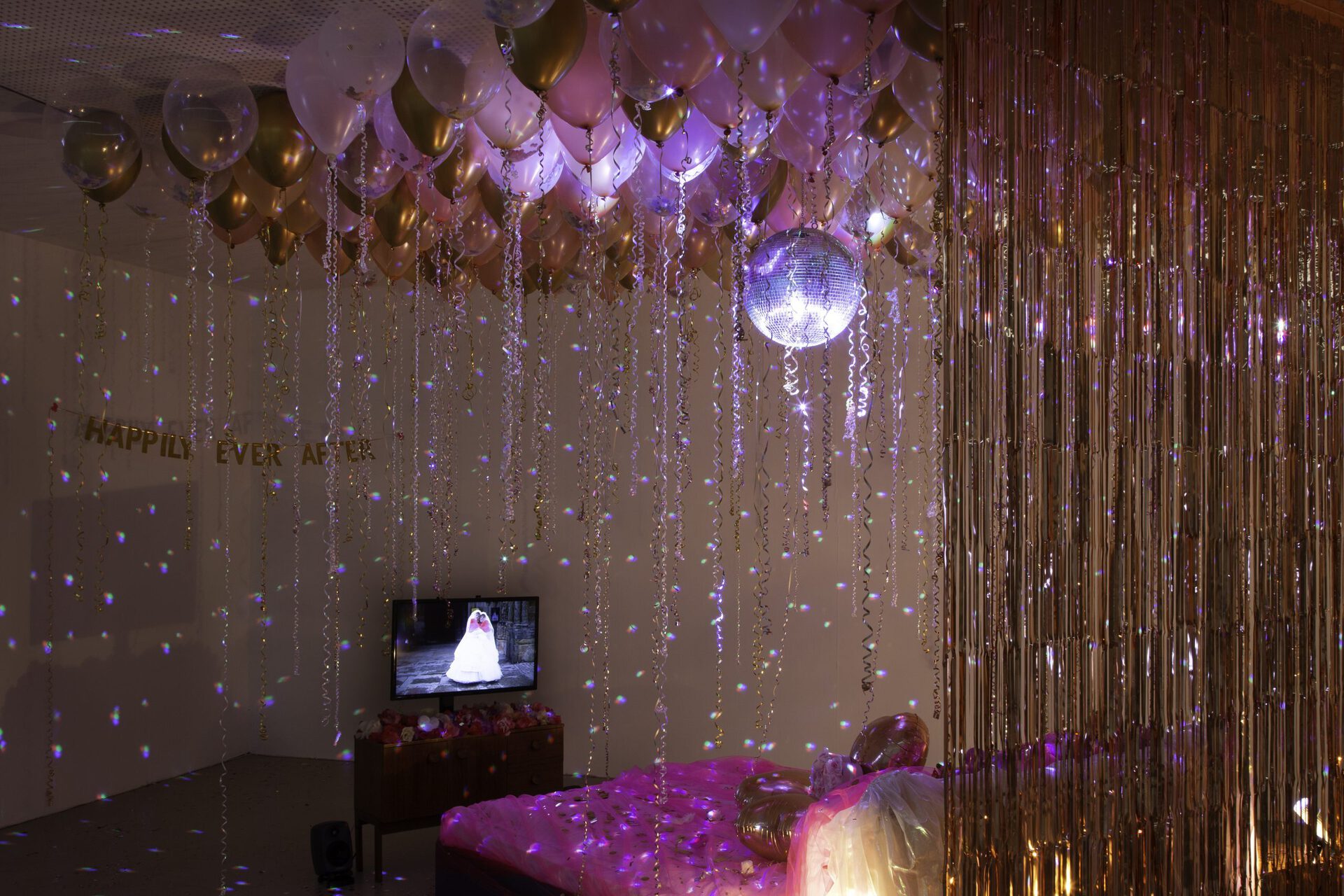

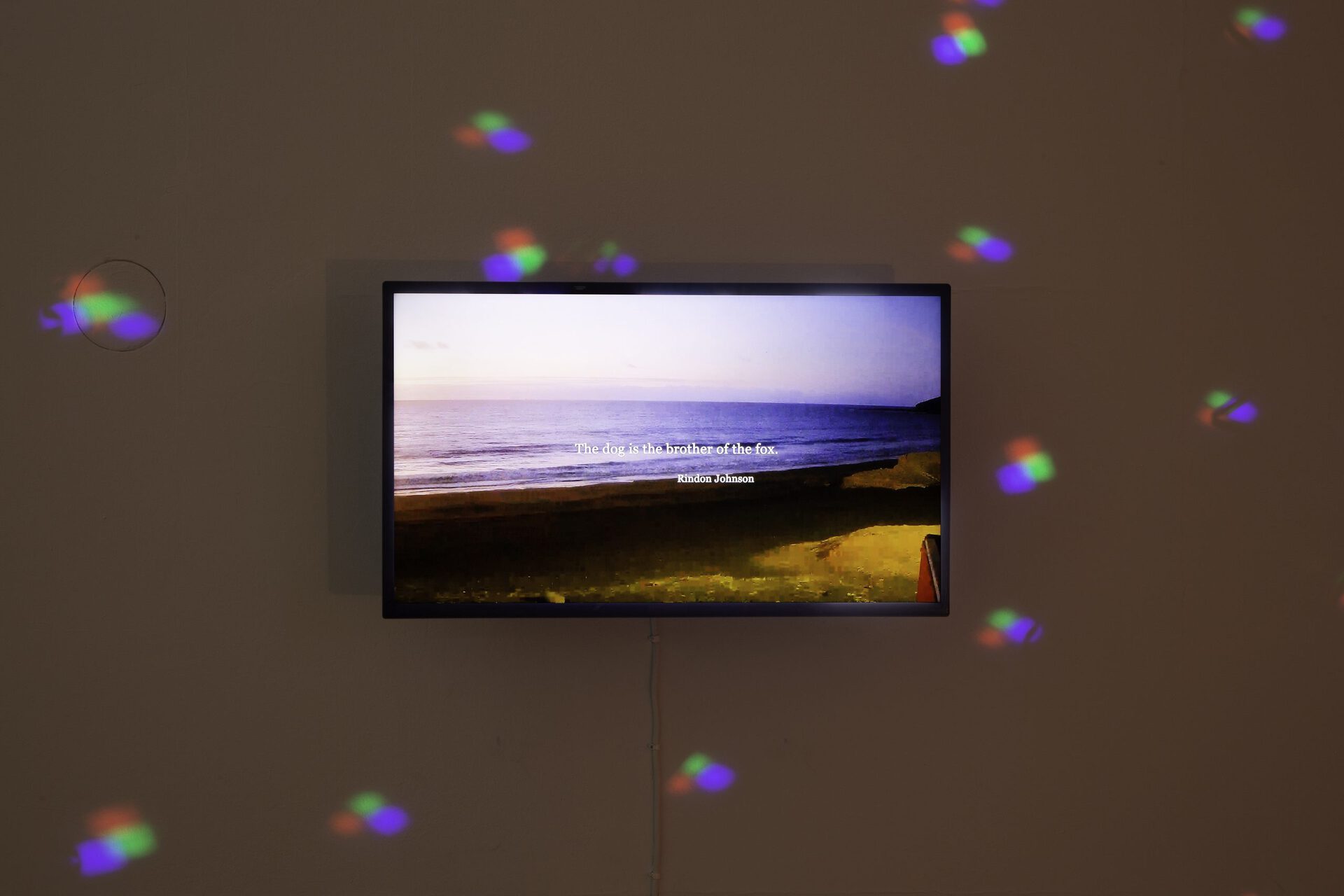
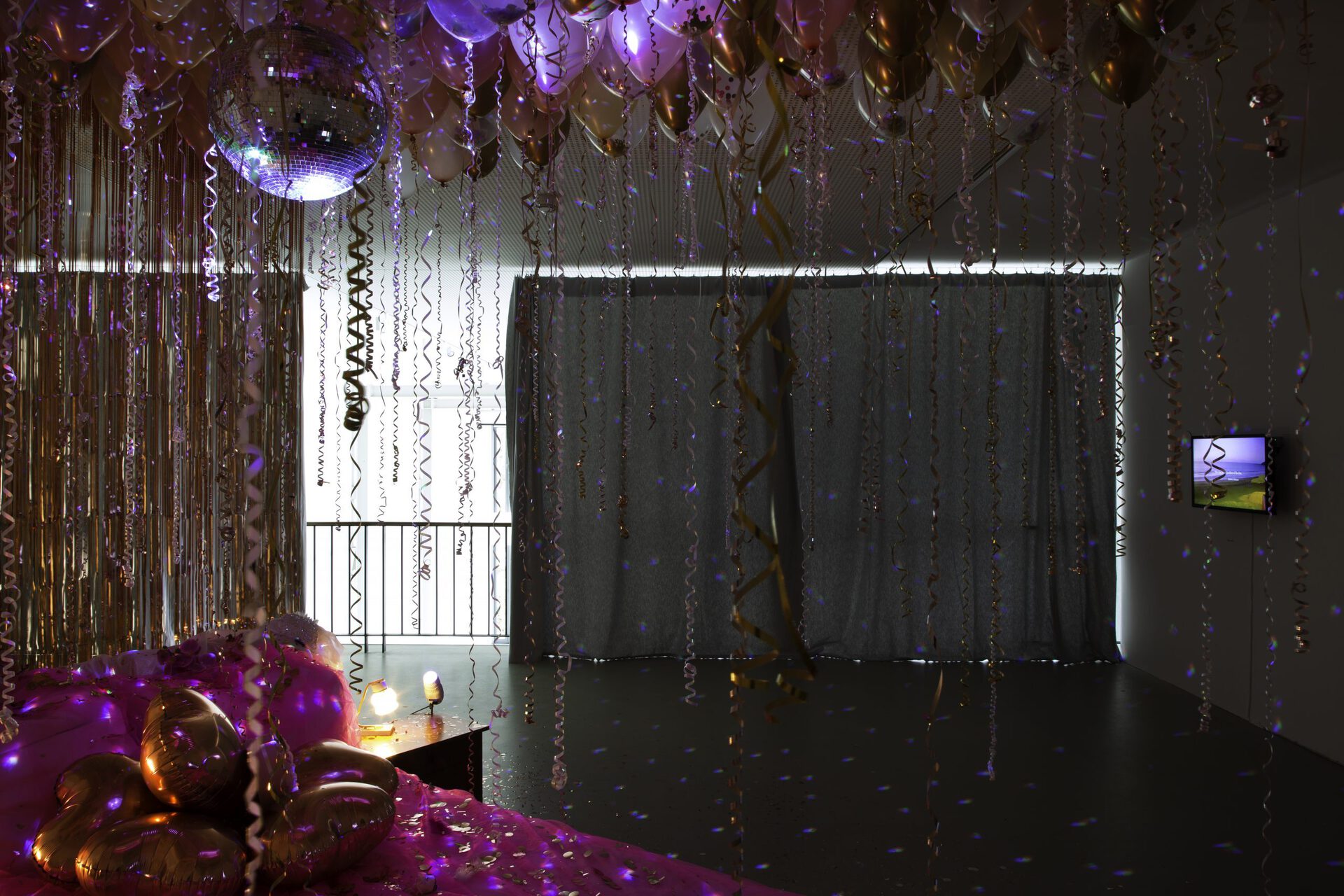
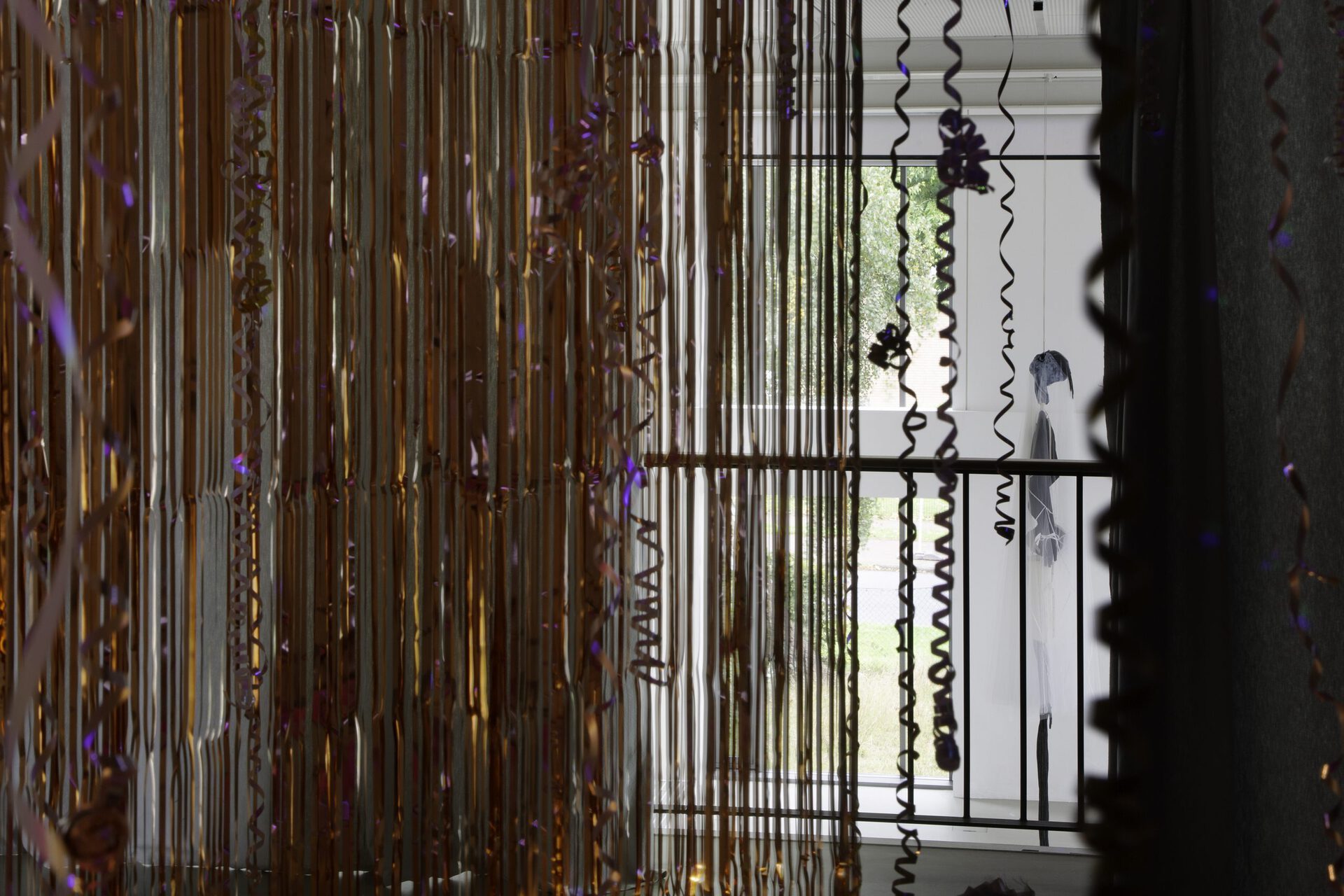
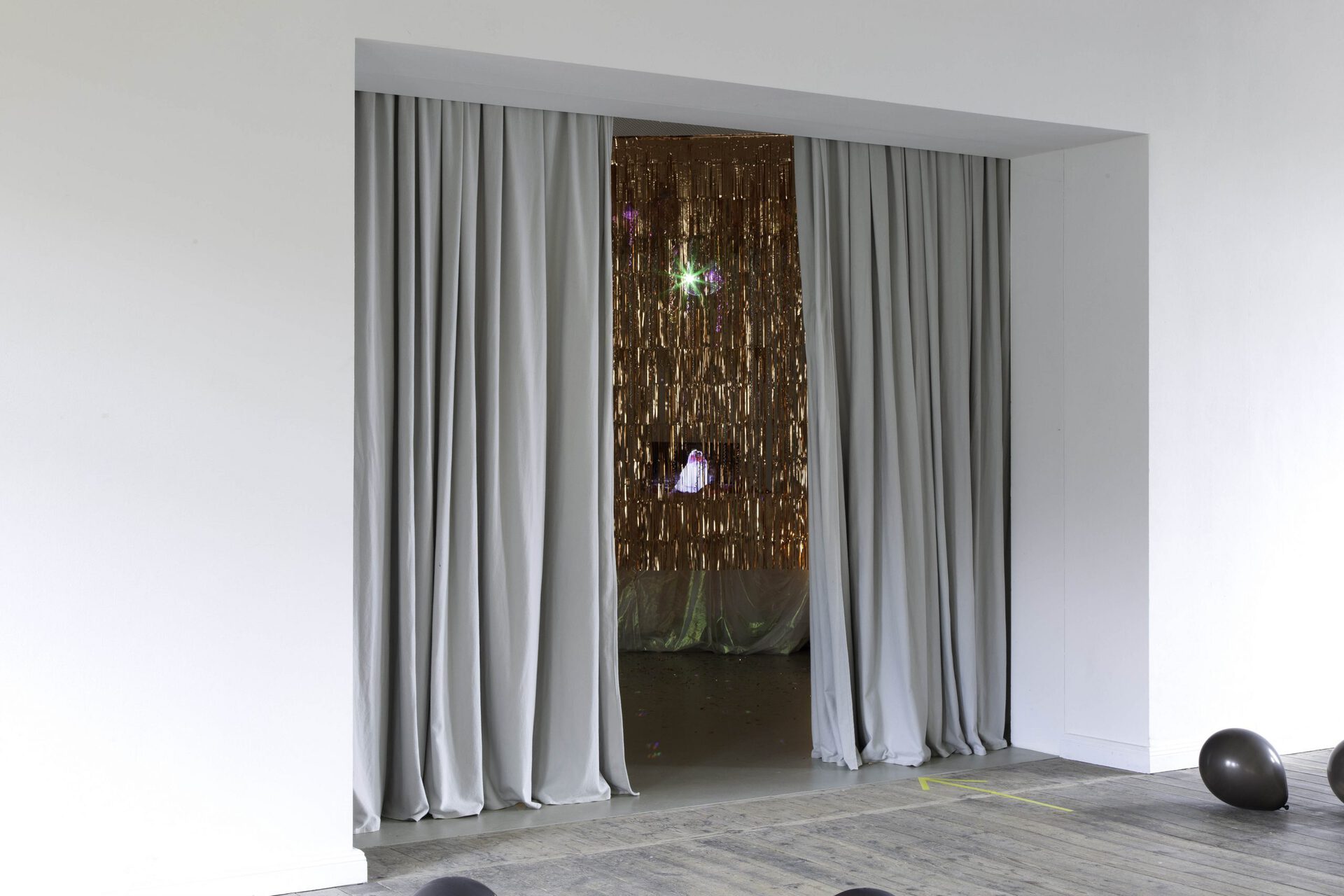


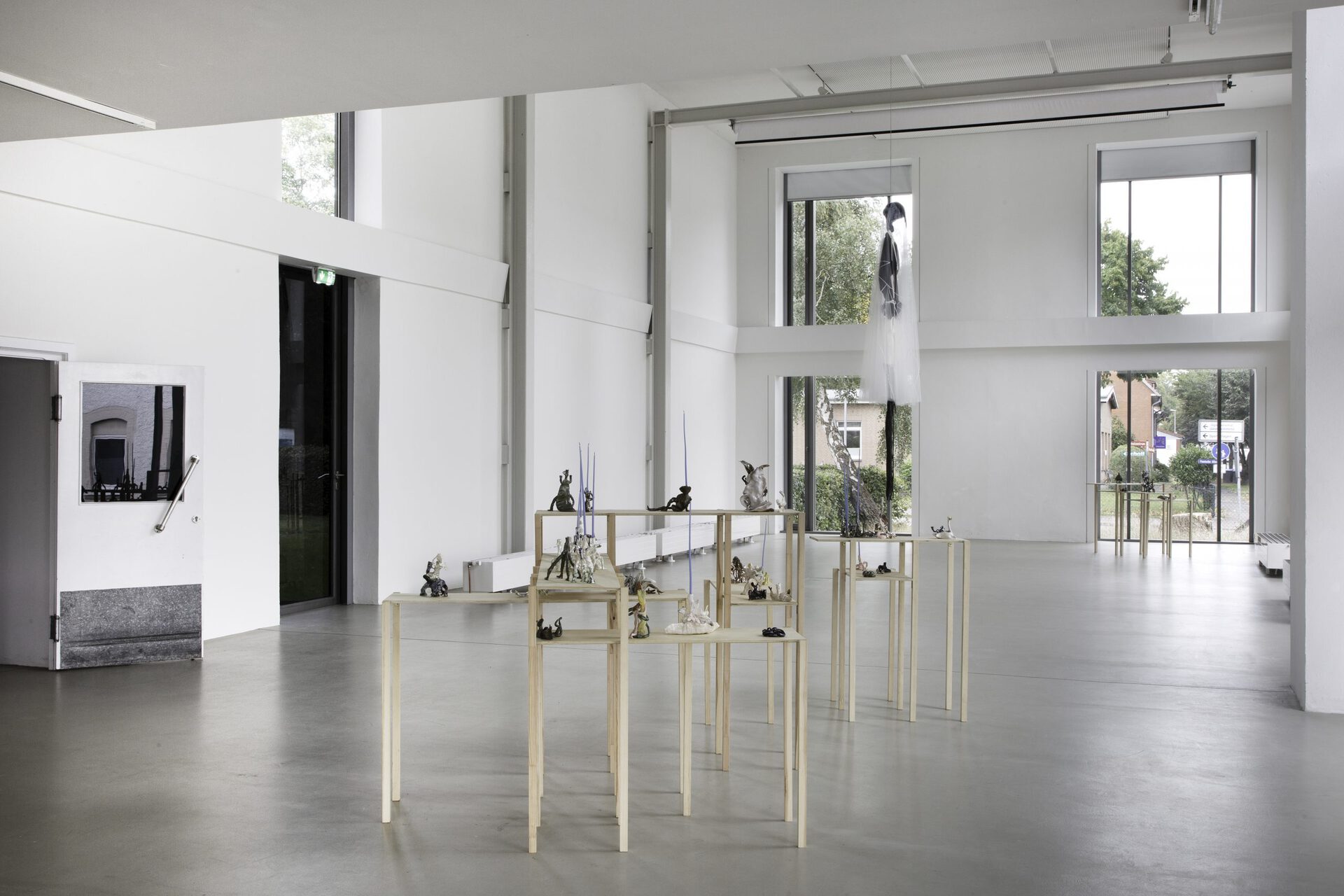
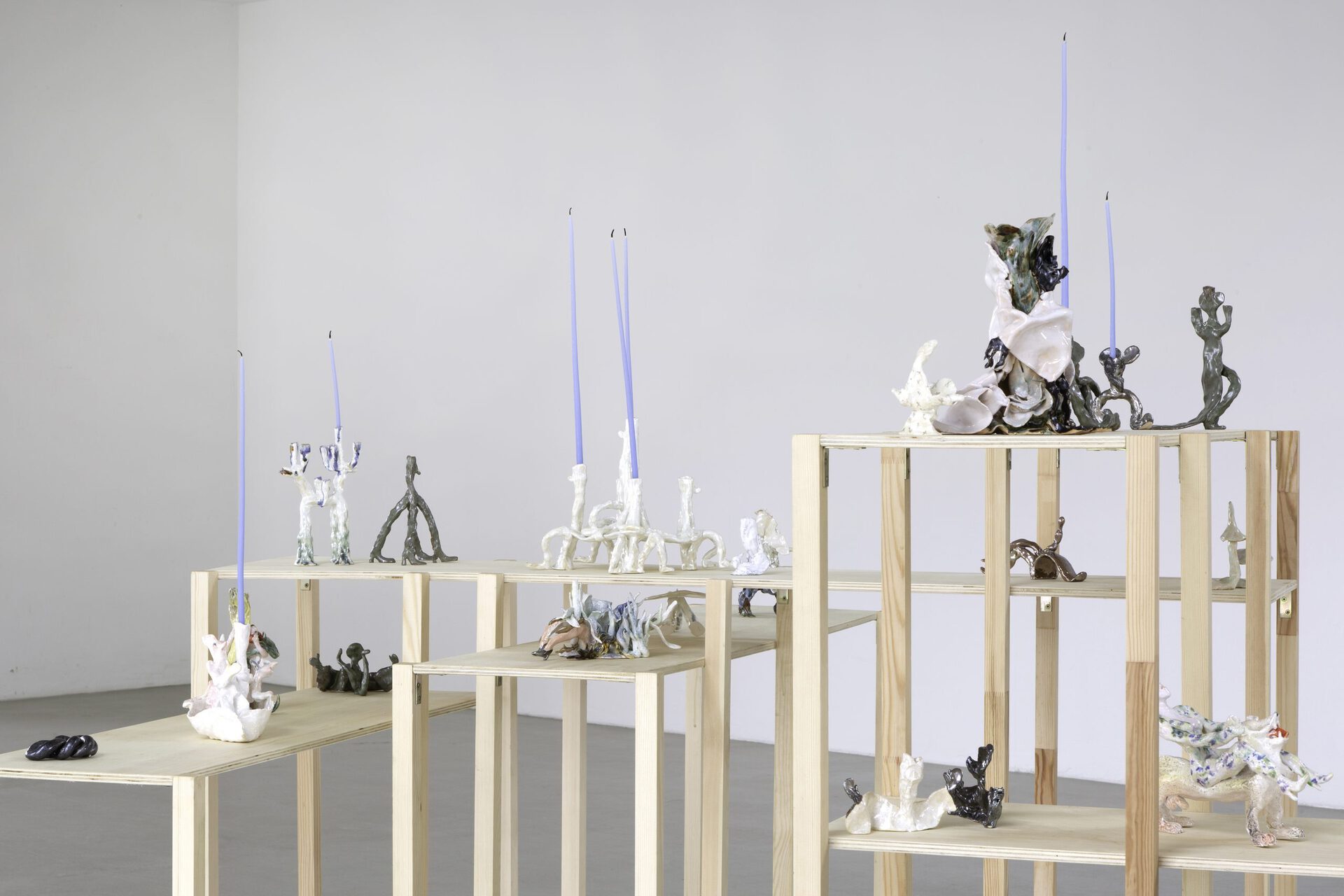
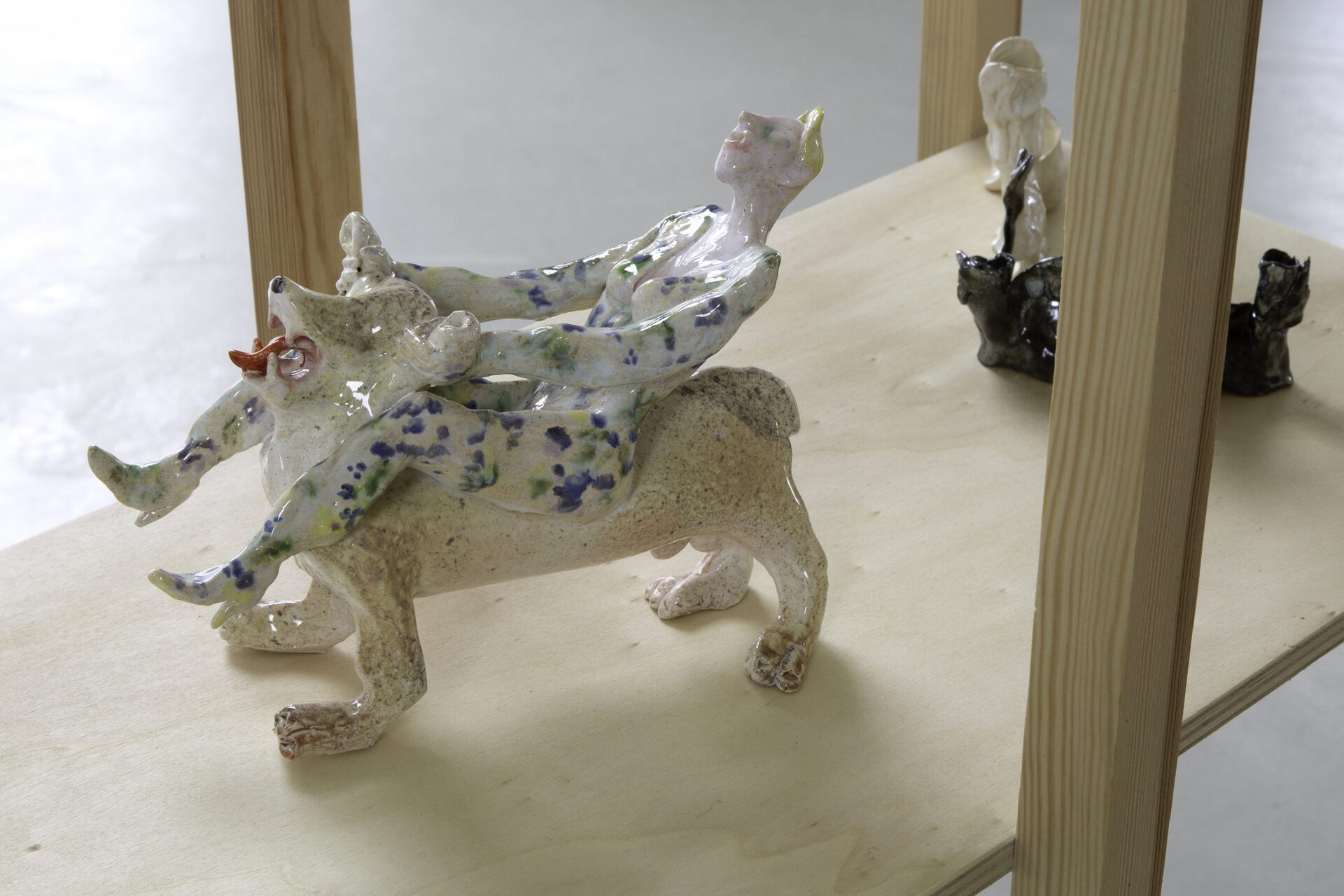
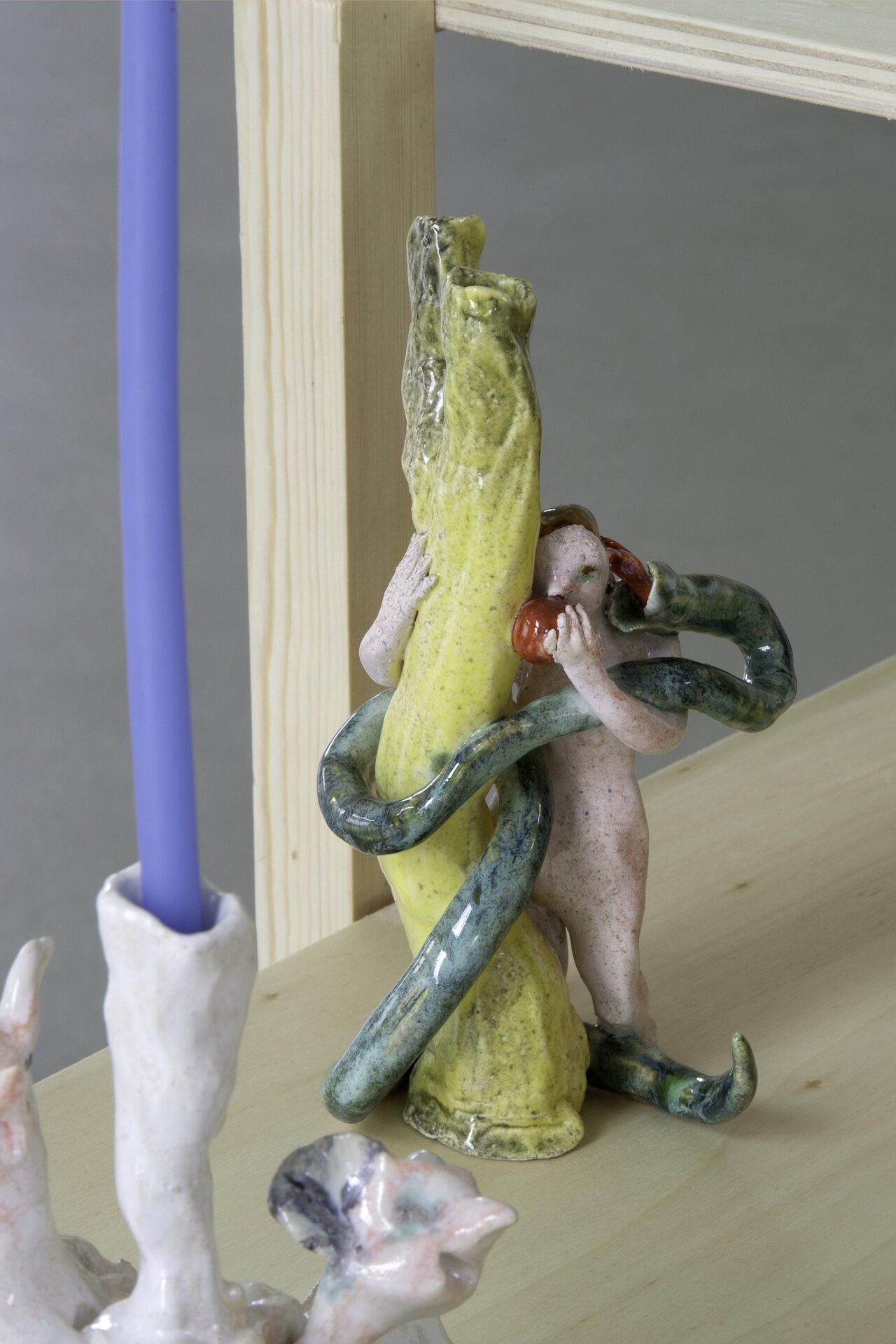

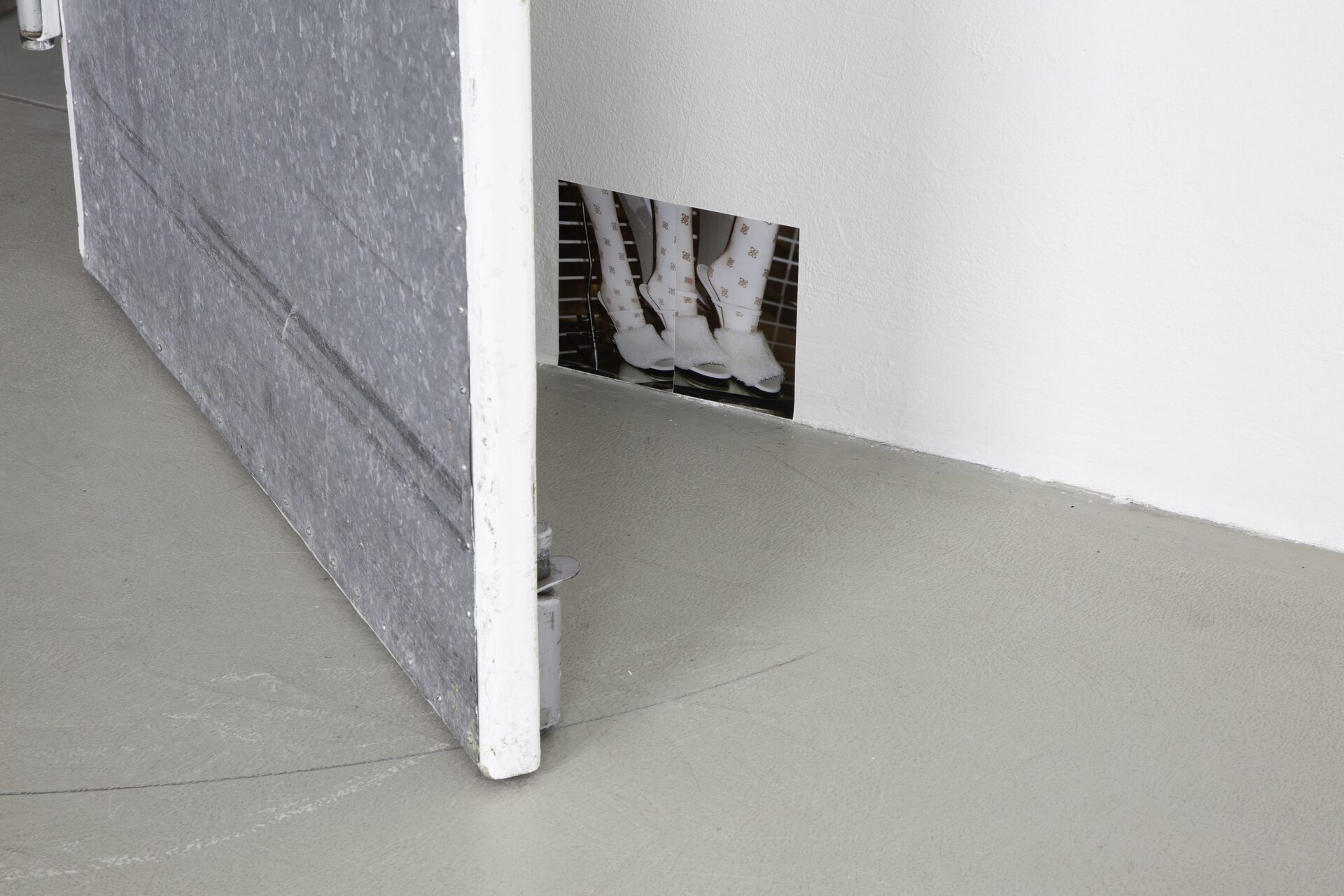

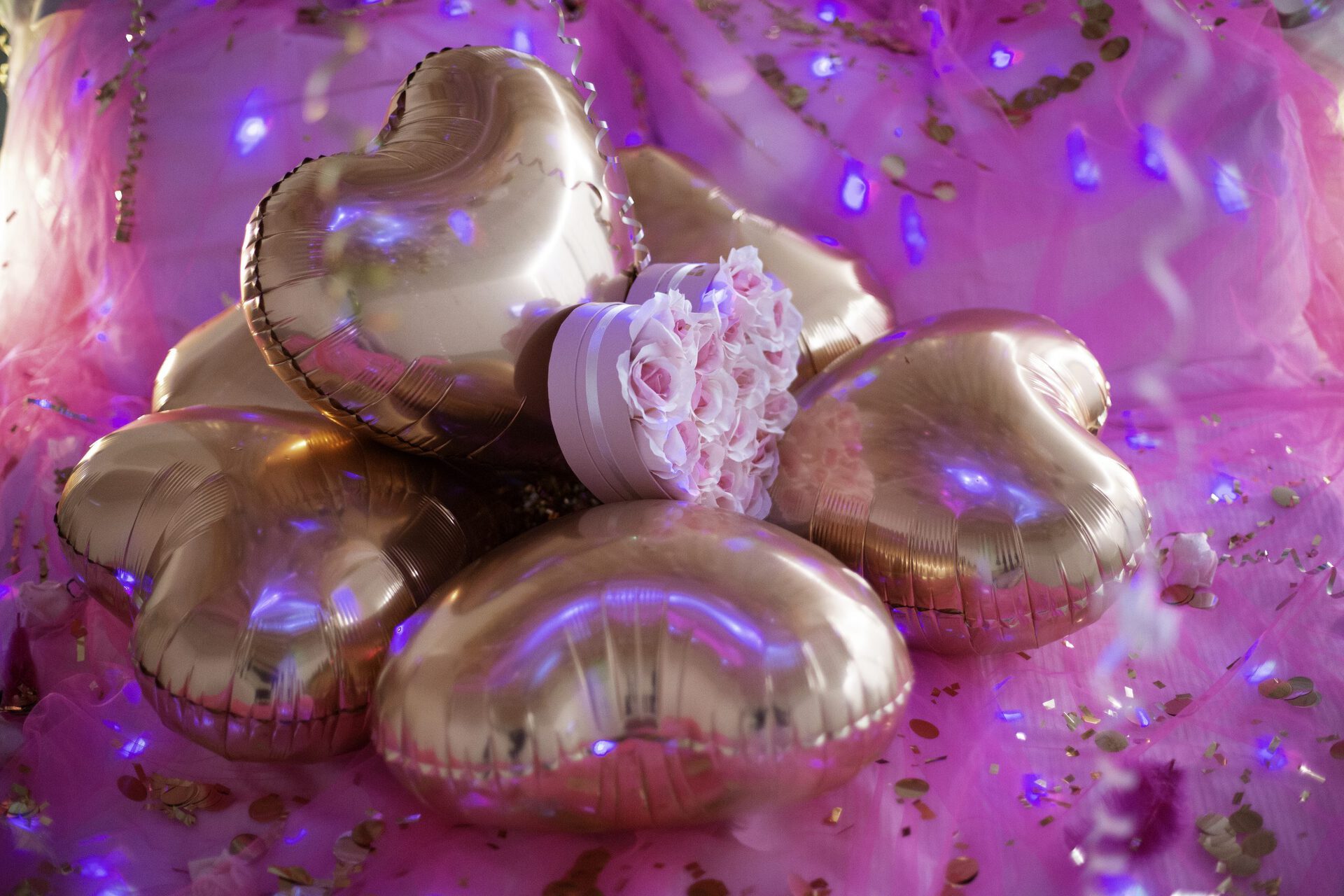


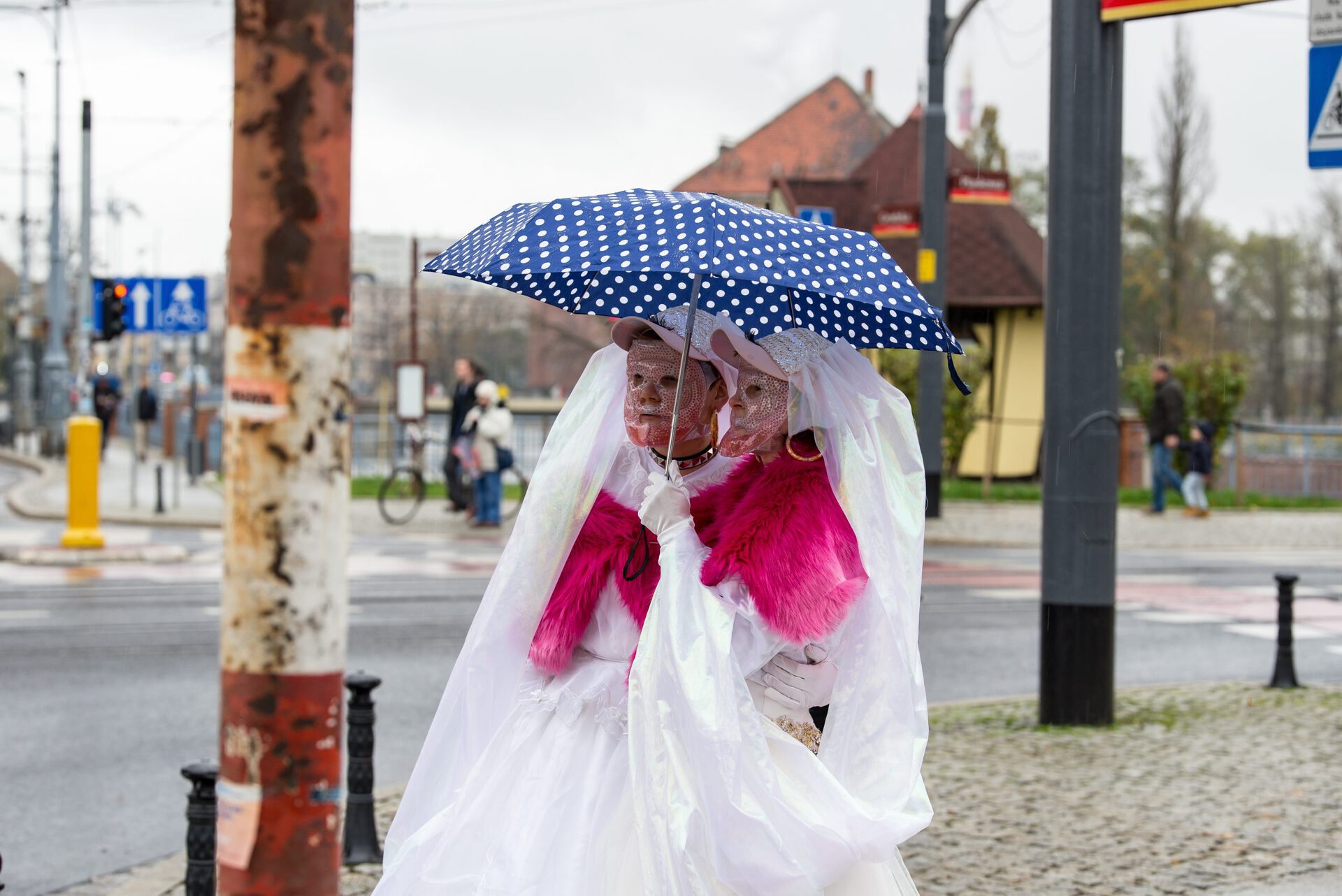
Location
M.1 Arthur Boskamp StiftungDate
24.09 –30.10.2021Curator
Agnieszka RoguskiPhotography
Jens FrankeSubheadline
The exhibition GOSSIP is part of a programme by the same name curated by Agnieszka Roguski at M.1 of the Arthur Boskamp Foundation in Hohenlockstedt, a small community in Schleswig Holstein. GOSSIP is dedicated to the phenomenon of gossip from a queer and feminist perspective. By examining gossip as an informal, subversive communication strategy in the context of the programme cycle, the various formats - from Instagram takeovers to exhibitions - work to break down the supposedly bad reputation of this form of communication and take a closer look at its positive or empowering sides. As a fluid curatorial project, GOSSIP unfolded in very different formats (RESEARCHING - university collaborations; TALKING - online talks; HOSTING - queer bar; SHOWING - group exhibition) to reach and activate different publics. Running a project in a small town like Hohenlockstedt under the theme GOSSIP and inviting actors with a feminist, queer, intersectional agenda created dynamics that would be interesting for your publication and its readers. Participants in the programme included Saki Aslan, Övül Durmusoglu, Daria Khan, Marc Siegel, Fiona McGovern, Amina Aziz. The artist of the group show were Katarzyna Perlak, Rindon Johnson, Ana Botezatu and Bruno Zhu.Text
GOSSIP
26 September – 31 October 2021
M.1 Arthur Boskamp-Stiftung
Curated by Agnieszka Roguski
You’re no one until you’re talked about
Hasn’t everybody heard? From hearsay, just between you and me? Gossip is, in principle, nothing more than what everyone talks about but no one can verify. It is what everyone wants to know but no one calls a fact, what everyone passes on but no one has said. Gossip is banal – and had gone viral before going viral was invented. However, it is not something timeless, but a concept with historical and political connotations. The English word gossip originally referred to a close friend. It was only with the advent of modernity that its meaning was changed to specifically denigrate solidarity among women as unserious gossip. This was accompanied by the devaluation of women’s labour, as described by philosopher Silvia Federici. Their labour could be used uncompensated in the emerging capitalism; at home, beyond the sphere marked as public and governed by men.
As mundane and incidental as gossip may seem, it is in reality a powerful force. Unlike information – the official news – gossip does not come into effect as a single message but as a chain of communication. It is ephemeral, networked and never fully tangible. This also makes counterpublics possible, which are used by feminist, queer and marginalised groups in particular as a form of empowerment. But how can this invisible form of action be made visible in an exhibition?
GOSSIP puts the political and poetic potential of trivial moments of contact centre stage. As the finale of the eponymous project cycle, the exhibition brings together artistic perspectives that focus on the subliminal power of gossip, implicitly questioning their own status as exhibition objects. They highlight moments of intimacy, institutionalisation and the embodiment of assumptions that seem to be socially fixed – some of them with direct reference, others as an indirect resonance to a networked world.
Ana Botezatu’s ceramics are somewhere between utilitarian object and art object. The figures appear in a swarm. Arranged on modular shelf constructions, they subvert the narrative of the singular artwork – through an infinite number of potential stories emanating from the humorous poses. A Pile of Anxieties (2020-21) thus spans an invisible network of imaginary relationships whose small parts undermine any fixed meaning.
Ana Botezatu works at the intersection between ceramics, drawing, book illustration, set design, puppet theatre and ethnographic research. She studied ceramics at the Art and Design University Cluj-Napoca, and currently lives and works in Berlin. Her work has been shown at STATIONS, Berlin, Galleria Richter, Rome, and Lateral (Fabrica de pensule), Cluj, among others.
Bruno Zhu is trained as a fashion designer. Influenced by that practice, Zhu explores the interplay between economy, representation and the aesthetics of surfaces. In Footnotes for Gossip (2021) and You know what you are (2010-21), this examination is directed to the body – or rather its possible embodiments. Through clothing, the notions of identity attributed to these inanimate bodies are exposed as an almost absurd performance. The works, however, do not simply represent the body as a dead vessel. The body shelters an animating principle that comes into effect when encountered.
Bruno Zhu lives and works between Amsterdam and Viseu. Recent projects include presentations at Fri Art Kunsthalle in Fribourg, UKS in Oslo, HfKD in Holstebro, Frans Hals Museum in Haarlem, Antenna Space in Shanghai and Kunsthalle Lissabon in Lisbon. Zhu is a member of A Maior, a curatorial program set in a home furnishings and clothing store in Viseu, Portugal.
Katarzyna Perlak's video installation Happily Ever After (2019) transforms the exhibition space into a dilapidated hotel room filled with the faded glamour of a honeymoon suite. Perlak, whose work often confronts folklore and tradition with migrant, queer, and feminist perspectives, focuses on marriage as both a social institution and intimate space. In the video, a queer wedding in Poland is staged, interspersed with footage of Polish nationalists protesting at Pride parades in various cities in Poland. Narrating the plot of marriage as a queer story overwrites a traditional narrative that is deeply rooted in society. It formulates resistance and at the same time opens the possibility for an imagined, utopian space in which even long-established social structures can change.
Katarzyna Perlak works with moving image, performance, sound, textiles and installation. Her films have been shown widely at film festivals across Europe. She has exhibited internationally, including at Remote Intimacies, Leslie – Lohman Museum of Arts, New York & ONE Archives, Los Angeles, (2021), Young Curators New Ideas V, Detroit Art Week, Detroit (2019); and Tighten Throat and Butterflies, Metal, Liverpool Biennial, Liverpool (2018). Perlak was born in Poland, and lives and works in London.
Rindon Johnson’s video The Dog is the Brother of The Fox (2020) shows images from webcams that he recorded around the globe over the course of a month. They become visible along with individual phrases that have stuck with Johnson as recurring thoughts during this period. As a continuous string of personal and poetic associations, they confront the digital, omnipresent camera gaze with a personal language. Johnson, whose work explores various forms of computer-generated reality such as virtual reality (VR) and augmented reality (AR), relates these technologies to everyday social lifeworlds. He points out their interconnectedness – and the multi-layered ideas of identity and belonging that go hand in hand with them.
Rindon Johnson is an artist. Johnson has presented solo exhibitions at Chisenhale Gallery (London), Julia Stoschek Collection, Düsseldorf and the SculptureCenter (Long Island City). He is the author of Nobody Sleeps Better Than White People (Inpatient, 2016), Meet in the Corner (Publishing-House.Me, 2017), Shade the King (Capricious, 2017) and The Law of Large Numbers: Black Sonic Abyss (Chisenhale, Inpatient, SculptureCenter 2021). He was born on the unceded territories of the Ohlone people.
Agnieszka Roguski